Tools We Use

Our Technology Stack
At Quick Office Pointe, we implement a variety of technologies to deliver robust and innovative software solutions. By leveraging this diverse technology stack, we are committed to delivering high-quality solutions that meet the evolving needs of our clients.

Tailwind CSS
Utility-First CSS Framework for Rapid UI Development Tailwind CSS is a utility-first CSS framework that enables developers to build custom user interfaces quickly and efficiently. Unlike traditional CSS frameworks that provide pre-designed components, Tailwind offers a set of utility classes that can be combined to create any design directly in HTML. This approach promotes a highly customizable and maintainable codebase, allowing for greater design flexibility without leaving the HTML context. Tailwind CSS supports responsive design, dark mode, and theming, making it suitable for modern web applications. Its extensive documentation and ecosystem of plugins further enhance its usability, making it a popular choice for developers looking to streamline their styling process.
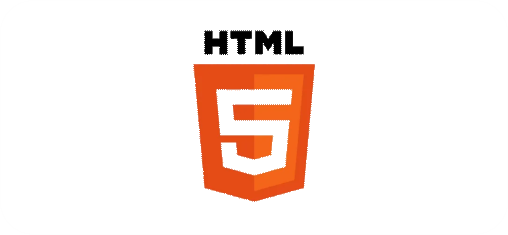
HTML(Hypertext Markup Language)
The Foundation of Web Content HTML is the standard markup language used to create and structure content on the web. It defines the structure of web pages by using a system of tags and elements, such as headings, paragraphs, links, images, and more. HTML provides the basic framework upon which CSS and JavaScript enhance the appearance and functionality of websites. It is the essential building block for web development, forming the content layer that browsers interpret and display to users. Every website and web application starts with HTML, making it fundamental to web design and development.

css
Designing the Look and Feel of Web Pages CSS is a style sheet language used to describe the presentation of a web page written in HTML. It allows developers to control the layout, color schemes, fonts, and overall aesthetics of a website, ensuring a responsive and visually appealing design across different devices. CSS separates content from design, making it easier to maintain and update web pages. It supports various frameworks like Bootstrap, Flexbox, and Grid for creating complex layouts with minimal effort. CSS is essential for creating modern, user-friendly web experiences.
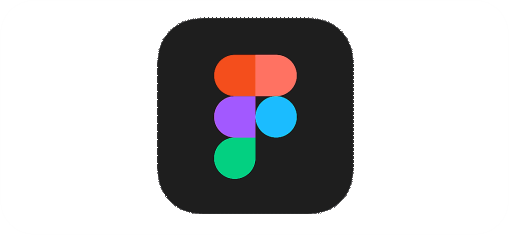
Figma
Collaborative Interface Design and Prototyping Tool Figma is a cloud-based design tool used for creating user interfaces, website prototypes, and interactive designs. It allows teams to collaborate in real-time, enabling designers, developers, and stakeholders to work together on the same project seamlessly. Figma provides a wide range of features, including vector editing, design systems, and responsive design capabilities, making it ideal for creating high-fidelity mockups and prototypes. With built-in commenting and version control, Figma streamlines the design workflow and ensures that teams can iterate quickly and efficiently on digital products.
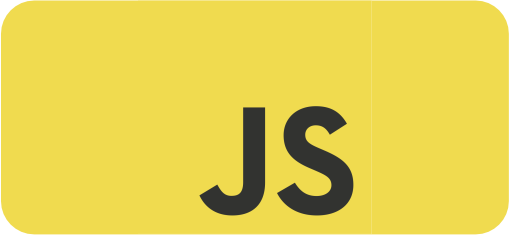
JavaScript (JS)
The Programming Language of the Web JavaScript is a dynamic, high-level programming language primarily used to create interactive and dynamic content on websites. It enables features like animations, form validation, real-time updates, interactive maps, and more. JavaScript works alongside HTML and CSS to enhance the functionality of web pages, making them more engaging and user-friendly. It can be run both on the client-side (in the browser) and server-side (using environments like Node.js). JavaScript also supports numerous frameworks and libraries, such as React, Vue.js, and Angular, which streamline the development of complex web applications.
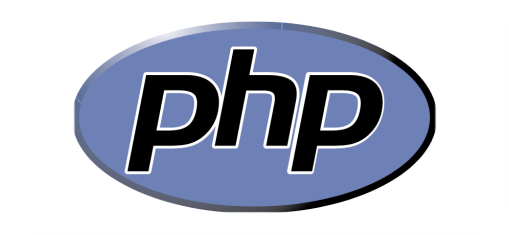
PHP (Hypertext Preprocessor)
Server-Side Scripting for Dynamic Web Development PHP is a popular server-side scripting language designed for web development. It is used to build dynamic, data-driven websites and applications by embedding directly into HTML. PHP interacts with databases like MySQL, PostgreSQL, and others to fetch, process, and display data on web pages. It powers many content management systems (CMS) such as WordPress, Joomla, and Drupal, and is widely used in frameworks like Laravel and Symfony to streamline development. PHP is known for its flexibility, ease of use, and compatibility with various platforms, making it a vital tool in web application development.
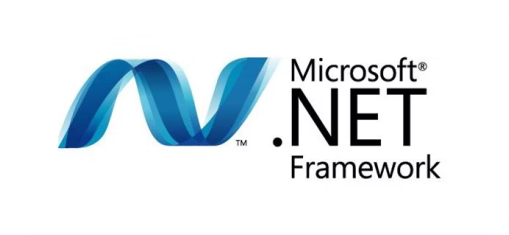
Microsoft .NET
A Comprehensive Framework for Building Applications Microsoft .NET is a versatile software development framework used for building a wide range of applications, including web, desktop, mobile, and cloud-based solutions. It supports multiple programming languages, such as C#, F#, and VB.NET, making it flexible for developers. The .NET framework provides a large class library, tools, and APIs that simplify tasks like memory management, security, and error handling. Its cross-platform variant, .NET Core (now .NET 6+), allows developers to build and deploy applications on Windows, macOS, and Linux. Microsoft .NET is commonly used for enterprise-level applications due to its robustness, scalability, and performance.

Python
Versatile Programming Language for All Applications Python is a high-level, interpreted programming language known for its readability and simplicity. It is widely used in various domains, including web development, data analysis, artificial intelligence, scientific computing, automation, and more. Python's extensive standard library and vibrant ecosystem of third-party packages make it easy to perform complex tasks with minimal code. Its versatility, combined with frameworks like Django and Flask for web development and libraries like Pandas and NumPy for data analysis, has made Python one of the most popular programming languages in the world.
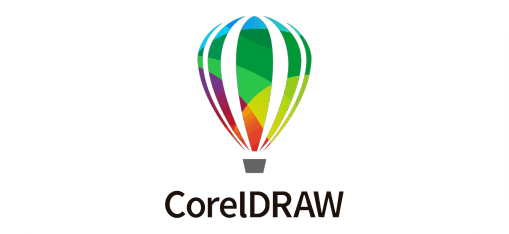
CorelDRAW
Versatile Graphic Design and Illustration Software CorelDRAW is a powerful graphic design software widely used for vector illustration, page layout, photo editing, and typography. It provides professionals and creative enthusiasts with a comprehensive set of tools to create logos, marketing materials, web graphics, and other visual content. CorelDRAW supports various design workflows, from print to digital media, and is known for its precision, flexibility, and ease of use. It is an essential tool for graphic designers, illustrators, and businesses looking to create stunning visual projects.

Adobe Illustrator
Industry-Standard Vector Graphics Software Adobe Illustrator is a powerful graphic design tool used for creating vector-based illustrations, logos, icons, typography, and complex artworks. It is widely favored by designers for its precision, scalability, and versatility, making it ideal for both digital and print media. With Illustrator, users can create detailed and intricate designs that can be resized without loss of quality. It offers a range of tools for drawing, coloring, and customizing shapes, as well as advanced features for managing paths, layers, and effects. Adobe Illustrator is a go-to tool for professional designers working on branding, illustrations, and any design requiring sharp, scalable graphics.

Adobe Photoshop (Ps)
Industry-Leading Photo Editing and Digital Design Software Adobe Photoshop is the most widely used software for photo editing, graphic design, and digital art creation. It offers a vast array of tools for retouching photos, manipulating images, creating complex digital paintings, and designing web and mobile interfaces. Photoshop supports both raster and vector graphics, making it versatile for various design needs, from simple edits to intricate compositions. Its layer-based system allows for non-destructive editing, while features like filters, masks, and brushes give designers creative flexibility. Adobe Photoshop is the go-to tool for photographers, designers, and artists looking to bring their visual ideas to life.
